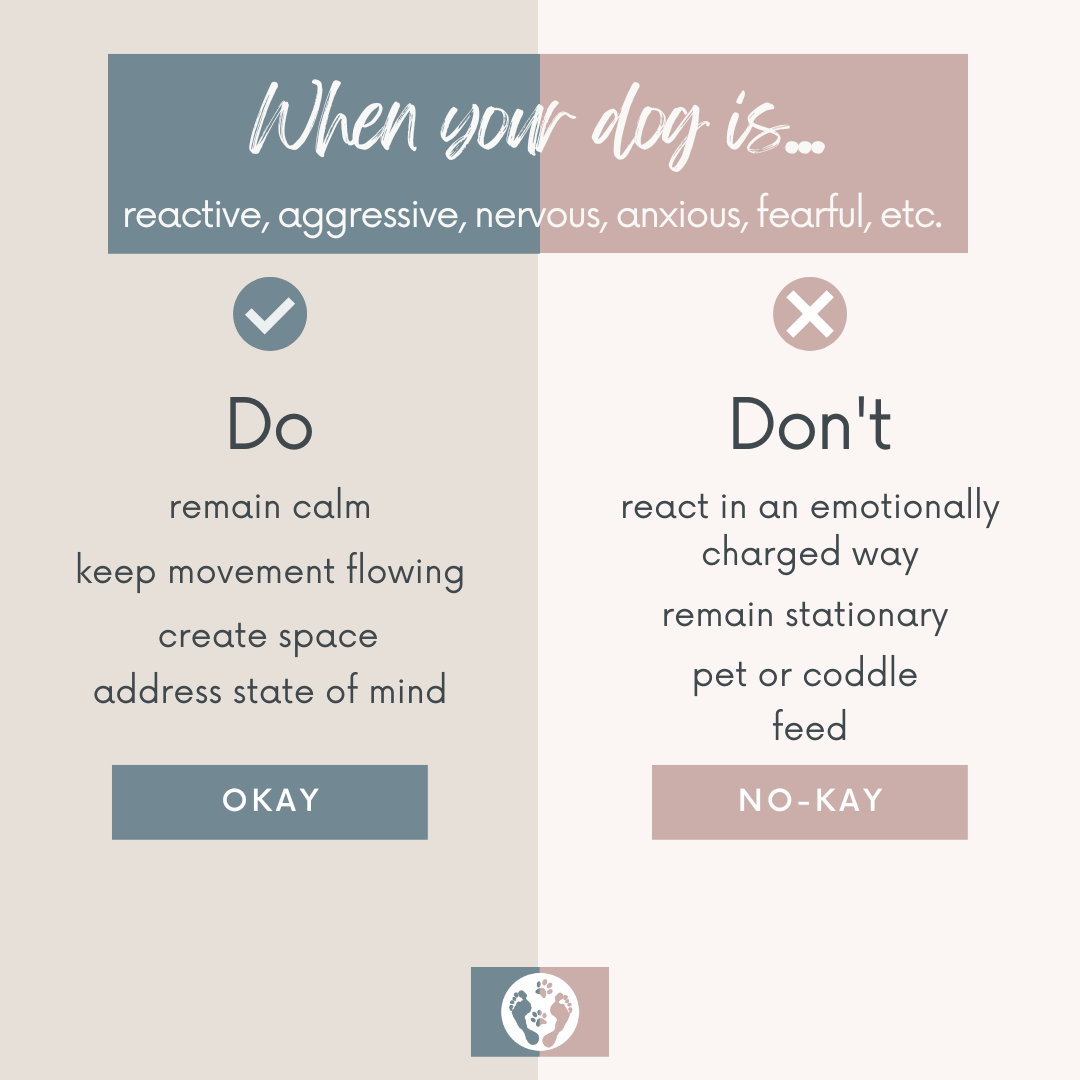
The Do’s and Do Nots of “Dog Dealing”
We've been charged a number of times while out on our pack walks by dogs who've slipped out of doors when someone was coming out or going in their home, dogs who were
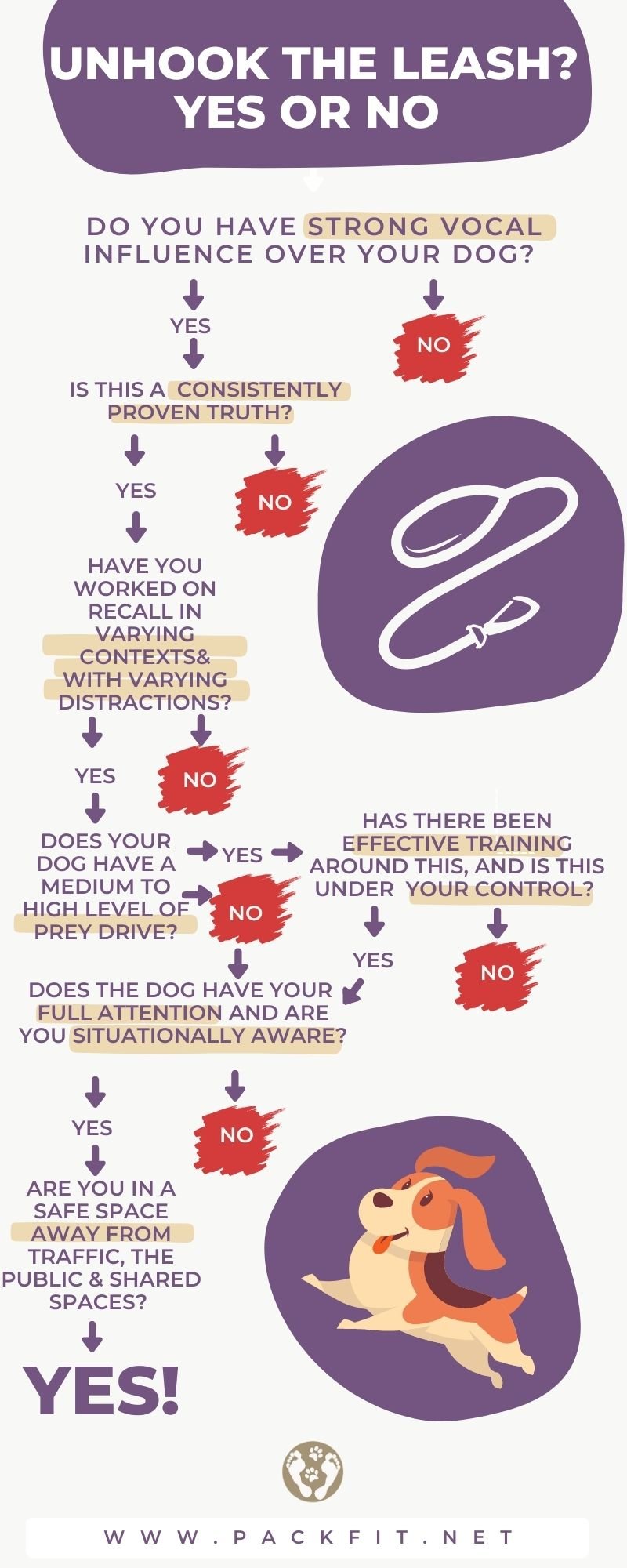
Should your dog be off-leash?
“Someone can have the friendliest dog in the world, but this does not entitle them to bomb-rushing other people and dogs.
Even friendly dogs do not appreciate being approached like this. It's very off-putting (as it would be for any human being bomb-rushed by a complete stranger).
A playful, friendly dog does NOT translate into a ***socially skilled*** dog.
Off-leash freedom is great for every dog (for many reasons), BUT we must practice extreme care here as many of us are sharing the same spaces. This... and *anything can happen.*
I created this infographic for a quick "food for thought". Awareness is key, and practice is prevention. This is for the safety and security of our dogs, ourselves, and others' and their dogs.”
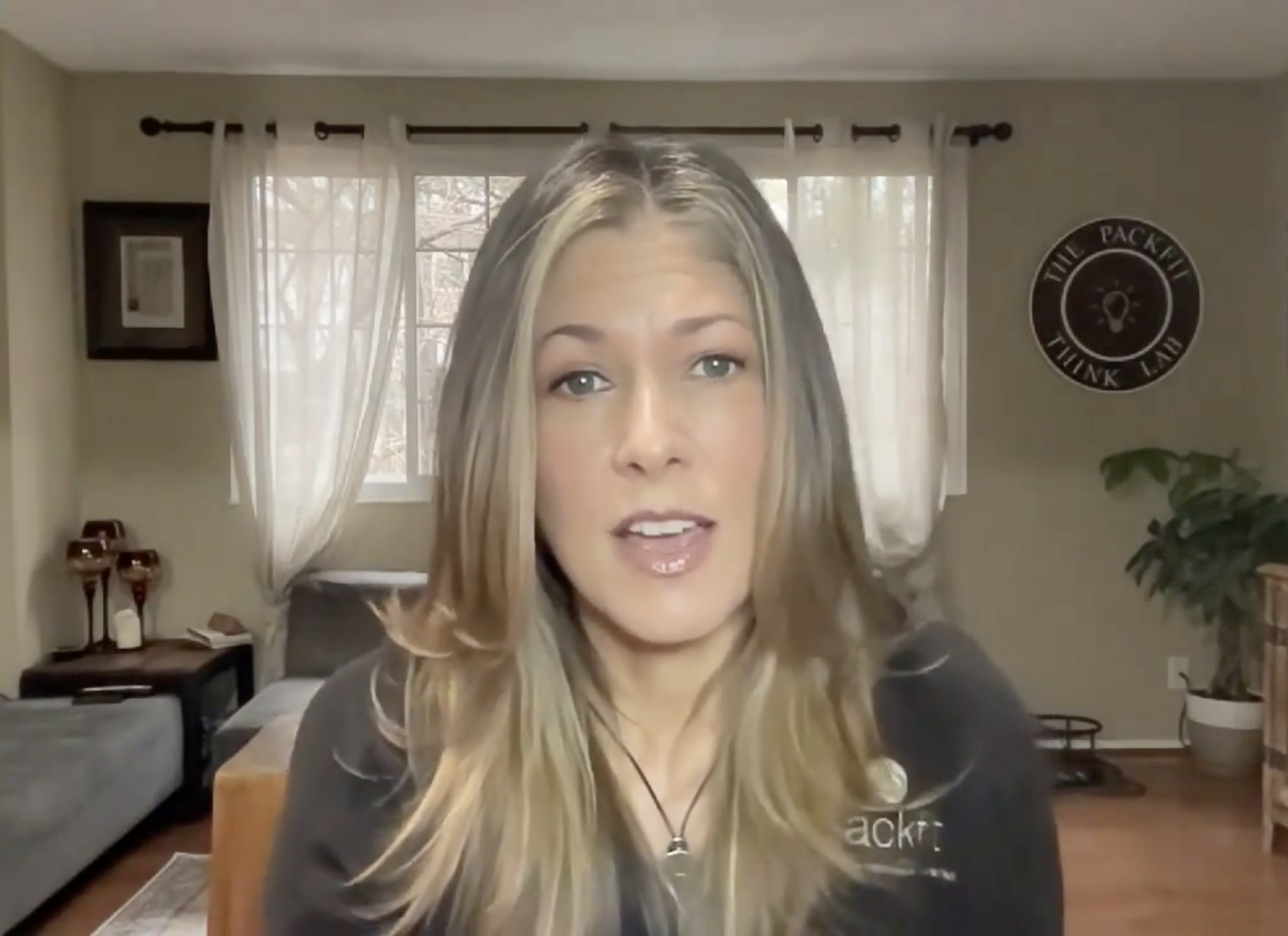
The importance of “the human end of the leash”
The work we do with people and their dogs has been described over and over again as "completely transformational" and "life changing." There are two ends of the leash. We're in relationship with our dogs. Both ends need to be addressed for the most effective behavioral change. If we believe it's "just the dog" that "needs training", any "results" we achieve will be very limited.
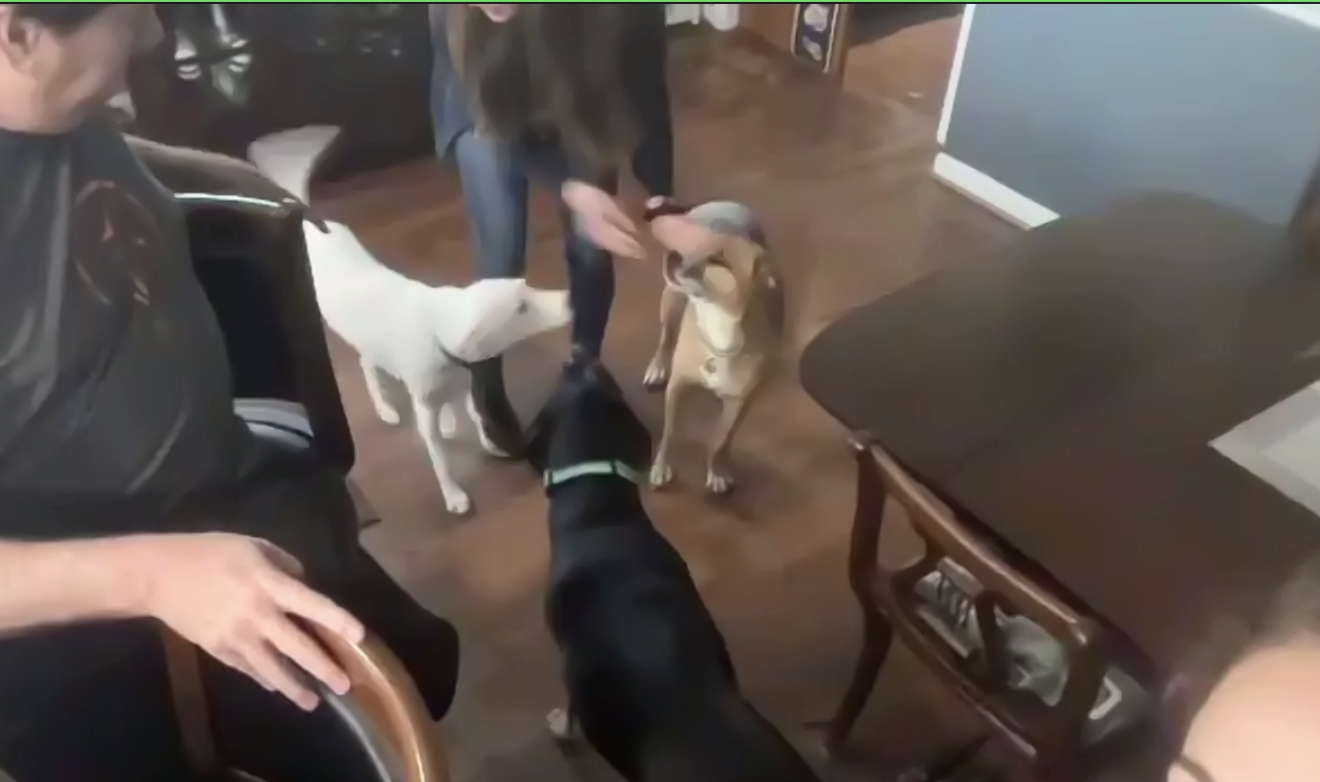
What his behavior is trying to say…
While there are a number of ingredients that have contributed to the development of these behaviors (there always is), the main ones are:
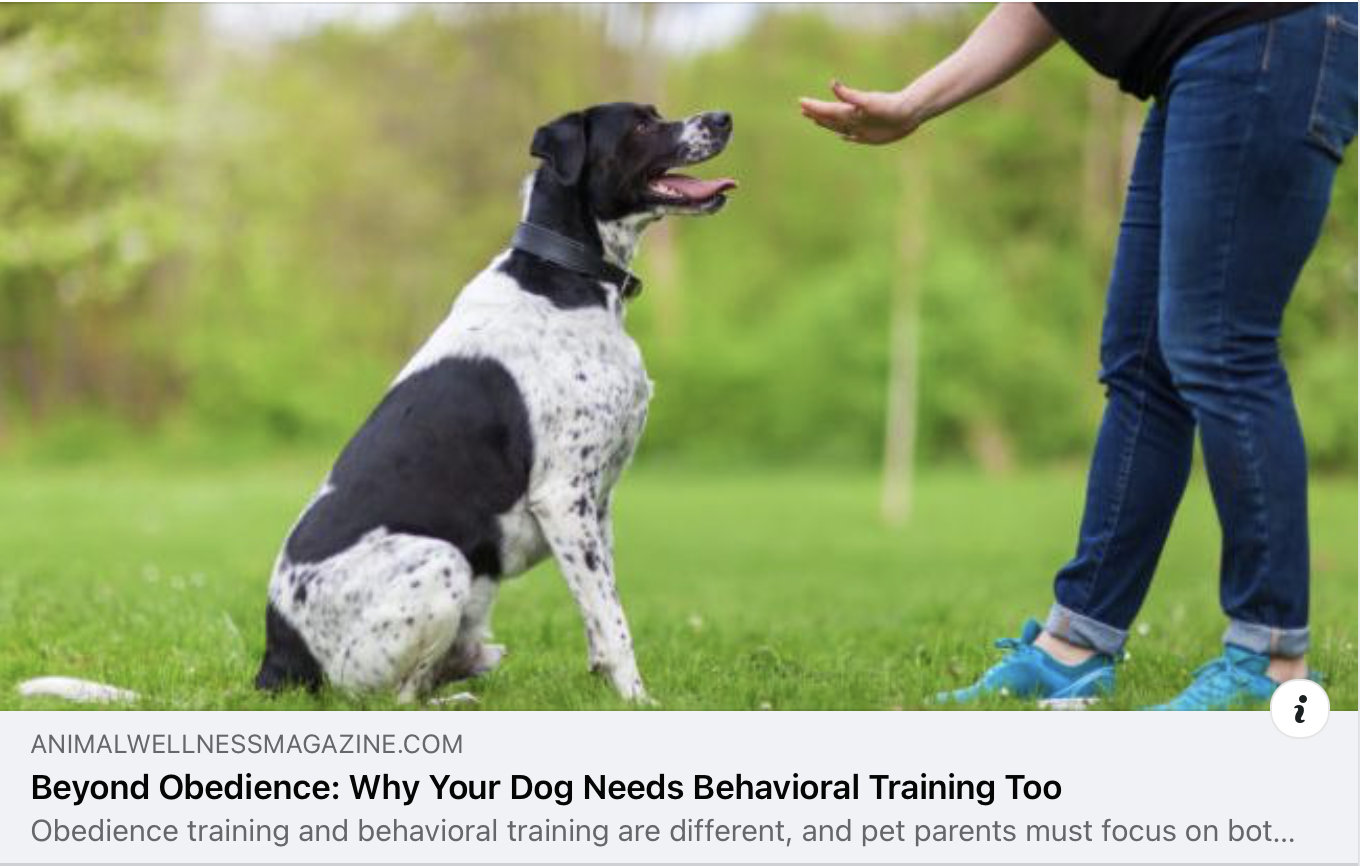
Beyond Obedience: Why Your Dog Needs Behavioral Training, Too
Obedience training and behavioral training are distinct types of teaching, and pet parents who want well-rounded, well-behaved dogs that are happy, calm, and relaxed must focus on both.
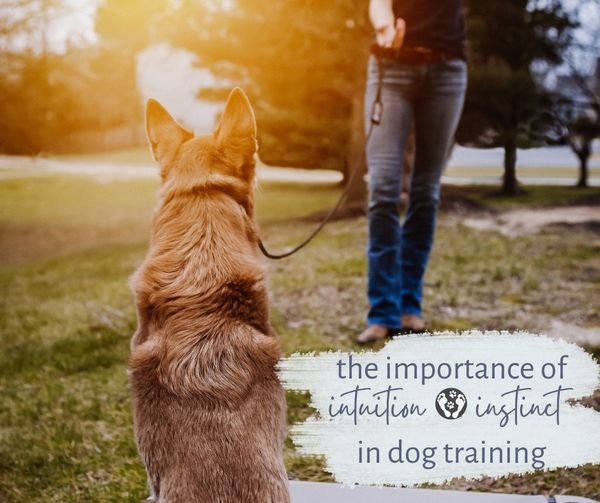
Intuition and Instinct in Dog Training
Intuition: a deep knowing or feeling not based on "logic" or "proof", and transcends "conscious reasoning".
Instinct: an innate, natural genius or inherent ability to respond in a specific way without logic or complex reasoning.
The difference between the two is feeling and response. Feeling and knowing, and acting based on that feeling and knowing without question.
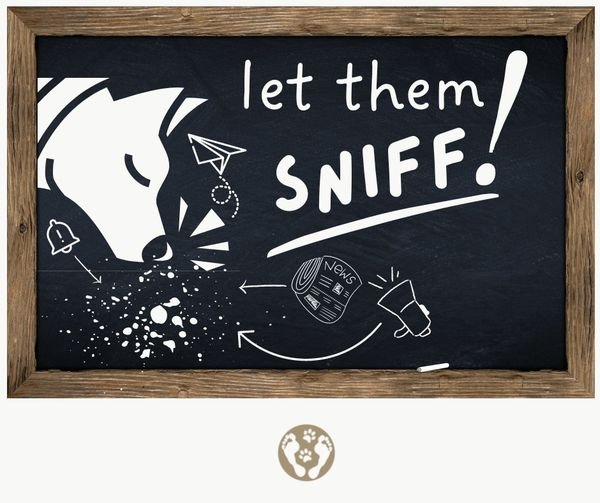
Let them Sniff…
A question we often field in regards to sniffing on structured walks is whether or not this is "allowed" and, if so, "when"?
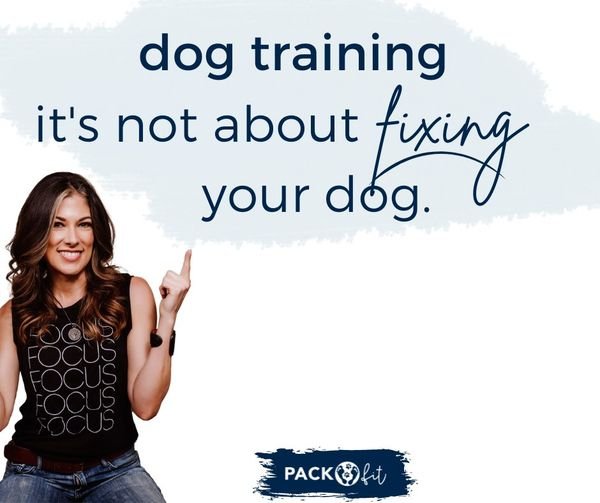
Dog training is not about “fixing” your dog.
A phenomenon that's often astounded me is folks waiting until major problems arise before "getting dog training". And, when they do, it's often coupled with the mindsets that : it's the dog with the problem, it's the dog who needs "fixing", and it's only the dog who needs "training".
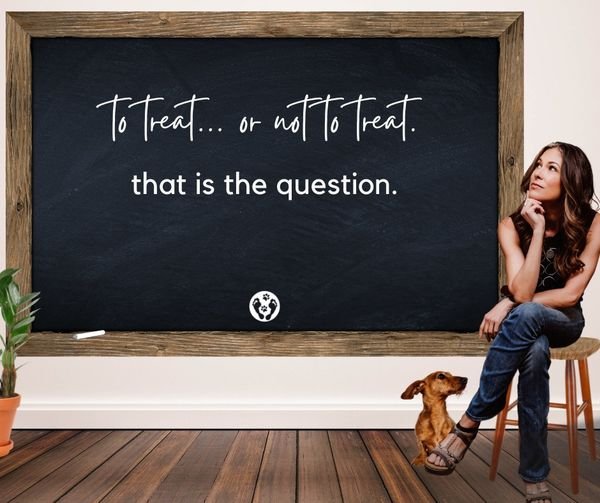
To treat or not to treat…that is the question.
Food is one of the most misused dog training tools out there.
Unfortunately, the general public has been conditioned to use food for practically everything when it comes to their dogs; leaving many feeling frustrated, confused, stressed, etc. when things don't go as intended (on both ends of the leash).
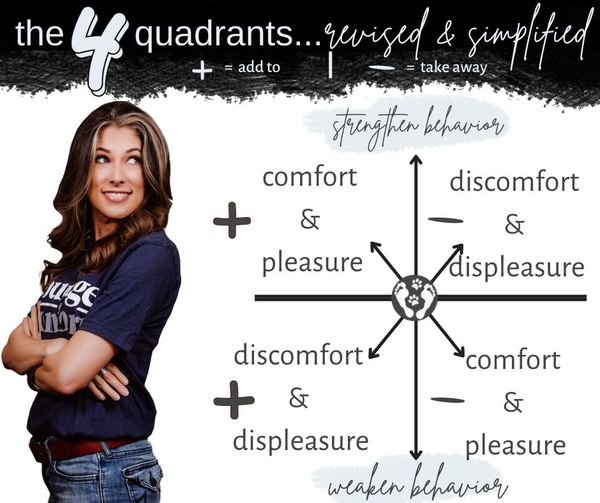
The 4 Quadrants of Operant Conditioning. Revised and simplified.
So, here we go. The 4 quadrants of "operant conditioning" ... revised and simplified.
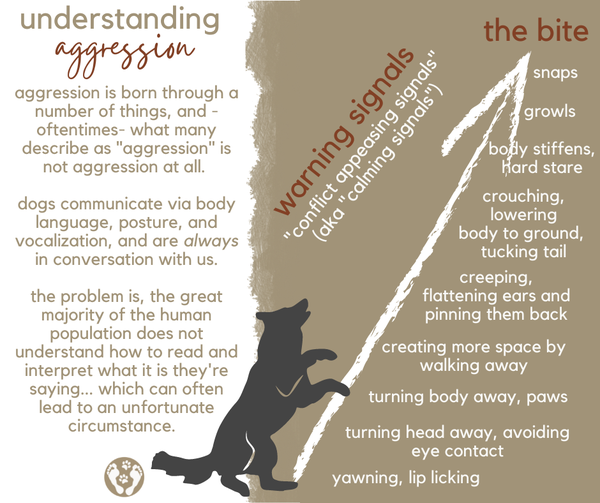
Unpacking “aggression.”
"Aggression" is one of the most misunderstood behavioral phenomenons in dogs and one of the most mishandled (even by a number of trainers). It’s also one of the most misinterpreted...
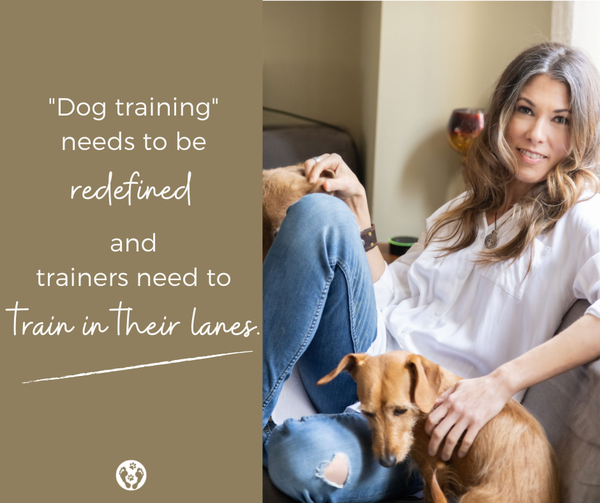
Dog training needs to be redefined, and trainers need to train in their lanes.
Bold statements, but hear me out. This information is shared with concern and respect.
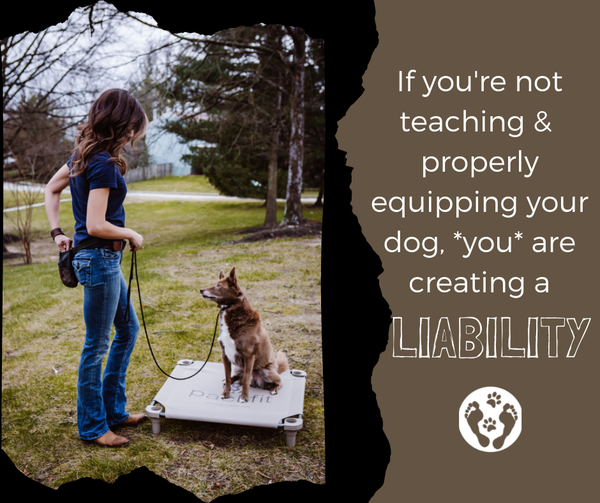
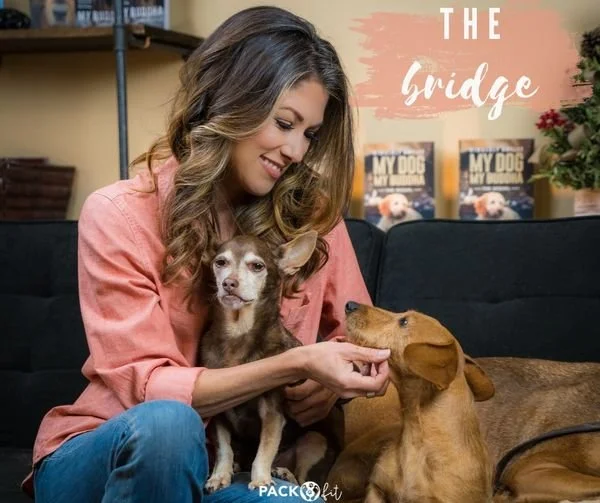
Being the bridge.
....not to be confused with the bridge *signal*, which is used as a "marker" to indicate to a dog expectations have been met and a job was well done. When conditioned properly, bridge signals essentially translate to: "Amazing, Dog...great work! Bravo! Your paycheck is on its way!"
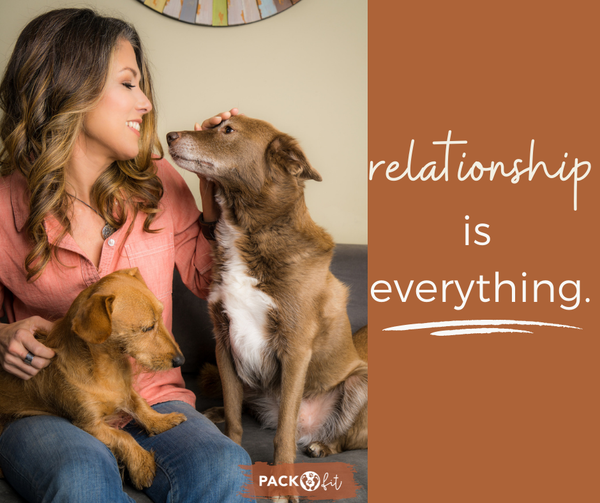
Relationship is everything.
Relationships (of all types) are some of life's most beautiful teachers. Within the container of relationship lies the opportunity for immense growth, healing, and connection.
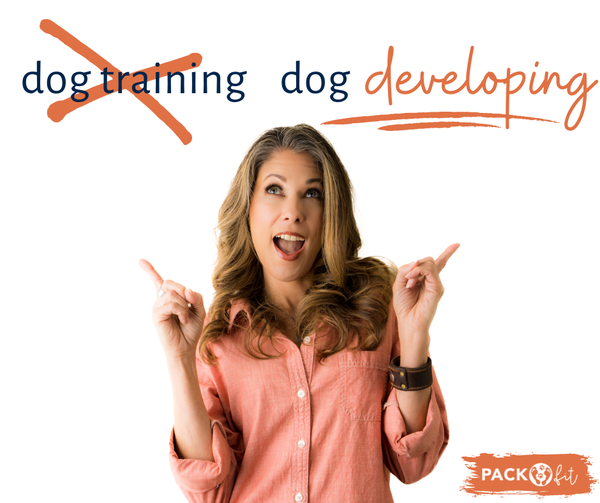
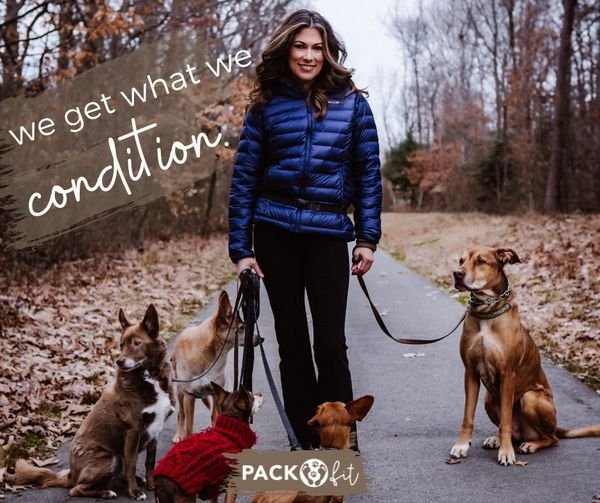
Start small to go big.
Dog training and behavior modification is a big job with a ton of smaller moving parts, and often comes with a big expectations. There's usually a deep sense of urgency in play (due to the fact most wait until behaviors get so bad, so risky, and so intolerable before they invest in help), as well as a mindset that throwing money at a problem will make it go away and dog trainers are "fairy dog-mothers" (or fathers) with magic wands. There's an expectation for big results...without taking the smaller, necessary steps to reach them or any level of involvement.
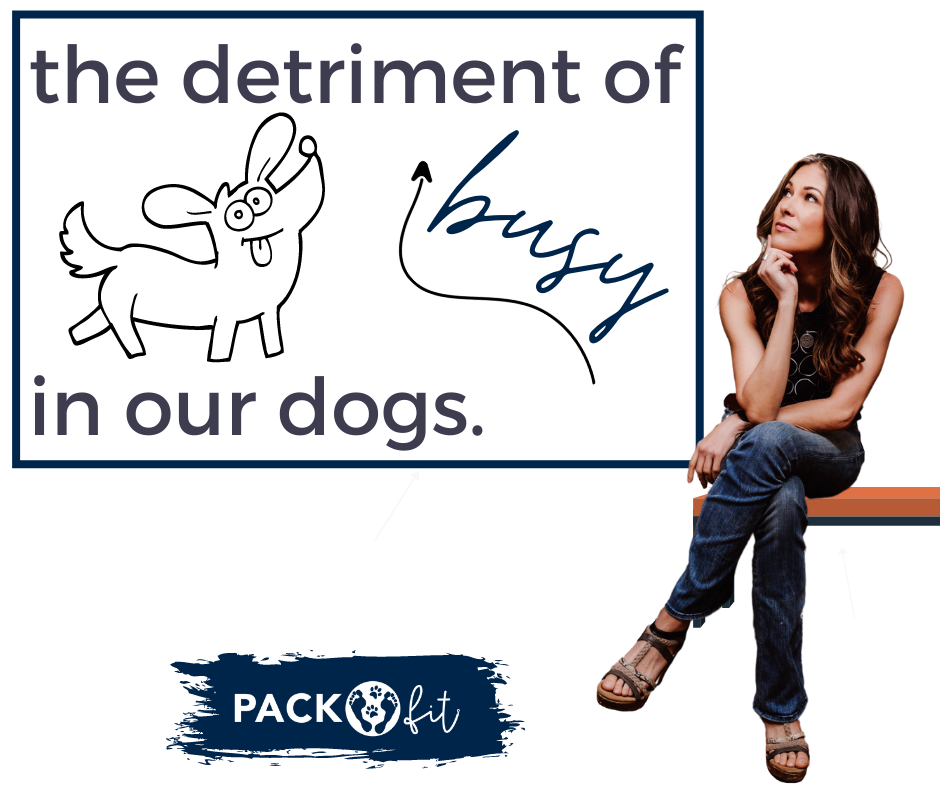
The detriment of “busy” in our dogs.
Busyness.
There's a hyper focus and fixation on "busyness"(in this country, especially); so much so that it's bleeding into our dogs and their behavior.
"Busyness" is being used to emotionally regulate, distract, numb, avoid, and suppress. We practice this in our own lives, and this has trickled down into how we're raising our dogs, as well.

Redefining “socialization”
"Socialization" is one of those terms that needs redefining (along with "punishment", "discipline", "love", and "happy") when it comes to dogs.
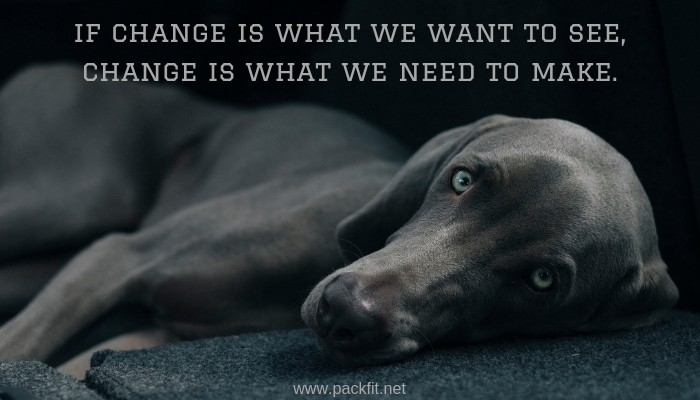
If change is what we want to see, change is what we need to make.
Change. Change is uncomfortable and can be painful. It can also be quite exciting. Change often means stepping into the uncertain and the unknown. Letting go. Releasing the practices, things, circumstances, people and relationships that no longer lift, support, inspire, and positively challenge us. Who and what weighs us down. Change involves taking full ownership and responsibility of ourselves, our choices, our lives~ as well as those who depend on us.

